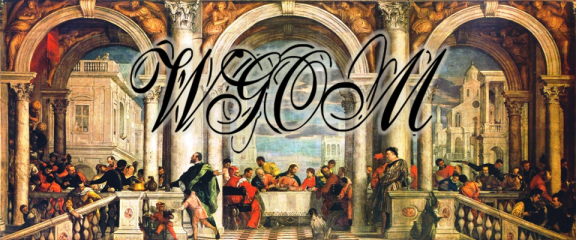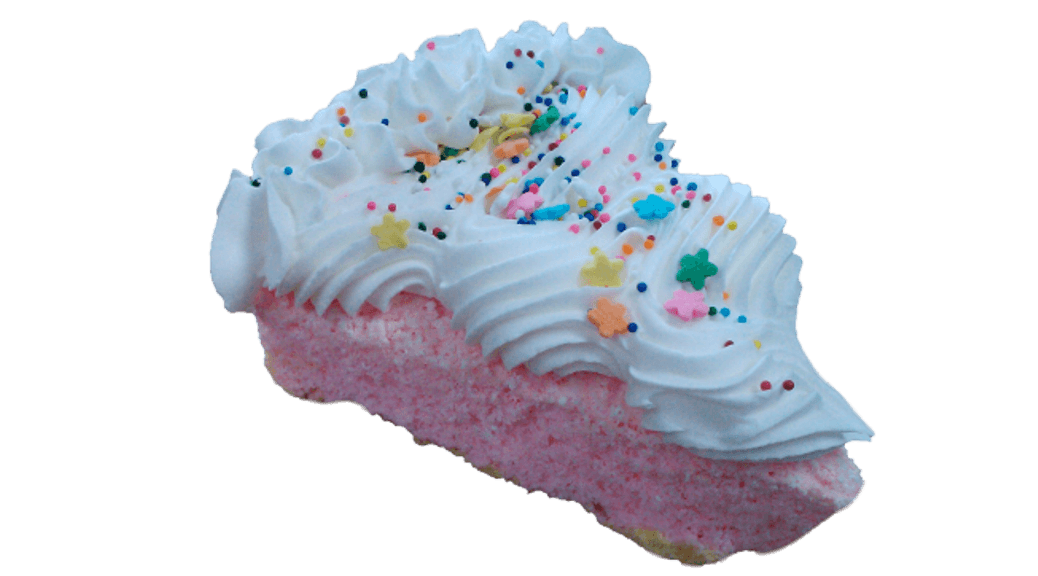Nig Cuppy (1869)
Curt Walker (1896)
Buddy Rosar (1914)
Art Fowler (1922)
Ed Roebuck (1931)
Cesar Tovar (1940)
John Verhoeven (1952)
Frank Tanana (1953)
Matt Keough (1955)
Danny Heep (1957)
Warren Newson (1964)
Greg Vaughn (1965)
Moises Alou (1966)
Brian Cashman (1967)
Juan Rivera (1978)
Edinson Volquez (1983)
Tommy Hunter (1986)
Yangervis Solarte (1987)
Brian Cashman has been the general manager of the New York Yankees since 1998.
Right-hander Art Fowler did not play for the Twins, but was their pitching coach in 1969. He was born in Converse, South Carolina, went to high school in Spartanburg, South Carolina, and signed with the New York Giants as a free agent in 1944. He spent ten years in the minors before getting a shot at the big leagues. He pitched well for two years in the low minors, but flopped in 1946 when jumped from Class C to AAA. Dropped back to Class A for 1947, he pitched well for a couple more years, then moved to the Boston Braves’ organization. He was in their system for five years, pitching well except for a down year in 1951. He pitched a lot in the minors, topping 200 innings six times, generally by quite a bit. In 1953, Fowler made 31 starts and also made 25 relief appearances, for a total of 261 innings for AA Atlanta. He was traded to Cincinnati before the 1954 season, which proved to be his big break. He made the Reds at the start of the year and stayed thererelieve: in his first three seasons with the Reds, he averaged 24 starts and 17 relief appearances, working an average of 200 innings. He had a poor year in 1957, started in 1958 in the minors, and was traded at mid-season to the Dodgers in a trade that involved future Twin Johnny Klippstein. He remained in the minors the rest of 1958, was with the Dodgers for much of 1959 but pitched poorly, had a strong year in AAA St. Paul in 1960, started in 1961 in the minors, and was sold to the Angels in late May of that year. Once again a trade was a good thing for Fowler, as he was immediately placed in the Angels’ bullpen. He stayed there for three very good years. When he got off to a bad start in 1964, though, he was released in mid-May. That brought his major league career to an end at age 41, but he kept pitching. He was in the Twins’ minor league system for four years, toiling for AAA Denver, and did well as a reliever. When Billy Martin became manager of the Twins in 1969, he named Fowler as his pitching coach, beginning an association which would last for many years. When Martin was fired after the season, Fowler went back to Denver and resumed pitching, working sixty-eight innings (45 games) for AA Denver, now a Washington farm team. At age 47, he posted an ERA of 1.59 with a WHIP of 1.22. He then embarked on a long career as a pitching coach with Billy Martin, working for Detroit (1971-1973), Texas (1973-1975), the Yankees (1977-1979), Oakland (1980-1982), and the Yankees again (1983, 1988). He retired after that and returned to his home town of Spartanburg, South Carolina, where he passed away on January 29, 2007.
Infielder/outfielder Cesar Tovar played for the Twins from 1965-1972. He was born in Caracas, Venezuela, went to high school in Roosevelt, Venezuela, and signed with Cincinnati as a free agent in 1959. He did quite well in the minors, hitting around .300 with surprising power for a man who’s listed at 5′ 9″, 155 pounds. He played second base early in his minor league career. He apparently was loaned to the Twins organization in 1963, playing for AAA Dallas, but was back with the Reds chain in 1964. In those years he played mostly shortstop and outfield, with some time at third base as well. After the 1964 season, Tovar was traded to Minnesota for Gerry Arrigo. He started 1965 with the Twins but played sparingly, and was sent back to AAA for most of the season, coming back in September. He made the team in 1966 and was a regular player for them through 1972, but was often a regular without a regular position. In 1967 and 1968 he started games at six different positions, and in 1966 and 1969-1971 he started games at five different positions. In 1966 he started more games at second base than any other position; in 1967 it was center field; in 1968, third base; in 1969-1970 it was center field again, in 1971 it was left field; and in 1972, right field. Famously, he played all nine positions in a game in 1968. Through all the position changes, he posted solid batting averages and on-base percentages and stole a good number of bases. The power he had shown in the minors did not follow him to the big leagues, although he led the league in doubles and triples in 1970 and also hit ten home runs. He received votes for Most Valuable Player five consecutive years, 1967-1971, finishing as high as seventh in 1967. After a down year in 1972 Tovar was traded to Philadelphia for Joe Lis, Ken Reynolds, and Ken Sanders, a trade that infuriated then-manager Frank Quilici. He was used as a utility player by the Phillies in 1973, again playing five different positions, and was sold to Texas after the season. Playing primarily center and left, he bounced back to hit .292 as a regular again. He went down in 1975, was sold to Oakland in late August, was released in August of 1976, finished the season with the Yankees, and then ended his playing career. As a Twin, Cesar Tovar hit .281/.337/.377 in 1,090 games. He was inducted into the Venezuelan Baseball Hall of Fame in 2003. Cesar Tovar passed away in Caracas, Venezuela from pancreatic cancer on July 14, 1994.
Right-handed reliever John Verhoeven pitched for the Twins in 1980 and 1981. He was born in Long Beach, California, went to the University of La Verne and Westmont College of Santa Barbara, California, one of two major league players to have attended that school (Jerry DaVanon). He was drafted by California in the twelfth round in 1974. A reliever from the beginning, he pitched well throughout his minor league career and was called up to the Angels in early July of 1976. He was used sparingly but did well when called upon, posting a 3.38 ERA and a 1.31 WHIP in 37.1 innings. He started 1977 in the majors but was sent down after only three appearances and then traded to the White Sox in mid-June. He got a September call-up with the Pale Hose and again did well, but would not return to the big leagues for three years. He had a medicore 1978 at AAA Iowa, then was sold to Minnesota. He had a strong year in Toledo in 1979, pitching a hundred relief innings, and made the Twins at the start of 1980, staying for two full seasons. He did a decent job for them: as a Twin, he was 3-4, 3.98 with a WHIP of 1.38. He appeared in 69 games and pitched 151.2 innings. The Twins sold him to Boston after the season, and he never pitched in the majors again. He pitched poorly in AAA for the Red Sox, did no better in AAA for Toronto, and was out of baseball after the 1982 season. Some guys get long chances, other guys don’t. He has stayed in baseball since his playing days. Verhoeven operated the Grand Slam Baseball Academy in Anaheim from 1984-1990, was a college pitching coach at Cal State–Dominguez Hills (1991-1994), Pepperdine (1996), and Loyola Marymount (1997). He then became the head baseball coach at Biola University of La Mirada, California, a position he held until he decided to quit after the 2013 college season. He took the university to the NAIA World Series three times, in 2001, 2003, and 2005. He then became the pitching coach of Azusa Pacific University for a few seasons before retiring. At last report, John Verhoeven was living in Yorba Linda, California.
Infielder Yangervis Alfredo Solarte did not play for the Twins, but was in their minor league system from 2006-2011. Born and raised in Valencia, Venezuela, he signed as a free agent with Minnesota in 2005. He spent two years in rookie ball before reaching Class A in 2008. He apparently was injured much of 2009. There was not a whole lot to recommend him at that point, but he hit well in winter ball that year and came back to hit .320 in a half-season in Fort Myers. He followed that up with a .329 average in a full season at New Britain. He was only twenty-three at that point, but the Twins allowed him to become a minor league free agent and he signed with Texas. He did fairly well for two years in AAA for the Rangers but did not get a call to the big leagues. He became a free agent again and signed with the Yankees for 2014. He became the Yankees' regular third baseman and did okay for them, but was traded to San Diego in late July. He had a solid year for the Padres in 2015, batting .270 with fourteen homers. He would probably be considered a utility player, in that he saw time at third, first, and second, but he started over a hundred of his team's games and played in all but ten of them. He missed six weeks early in 2016 with injuries, but when healthy he did even better, batting around .286 with an OBP of .341 and fifteen home runs. He played mostly third base in 2016 but was been mostly used at second in 2017. His numbers went down but were not terrible and he actually hit more home runs (eighteen). He was traded to Toronto before the 2018 season and has gone back to mostly third. His numbers continued to go down and he became a free agent after the season. He signed with San Francisco but did poorly in a utility role and was released in May. He signed with Miami about a month later but was released again in early July and finished out the season with Hanshin in Japan. He signed with Atlanta for 2020 and was in their sixty-man player pool, but did not play for them and was released in late August. He had a fine season in the Mexican League in 2021 and did well there again in 2022. He did not play anywhere in 2023, but he played winter ball that year and is playing in the Mexican League in 2024. He is not having a good year, though, and is thirty-seven today. We're all for someone playing as long as he can, but it appears it may be time for Yangervis Solarte to move on to the next phase of his life. We wish him well.

